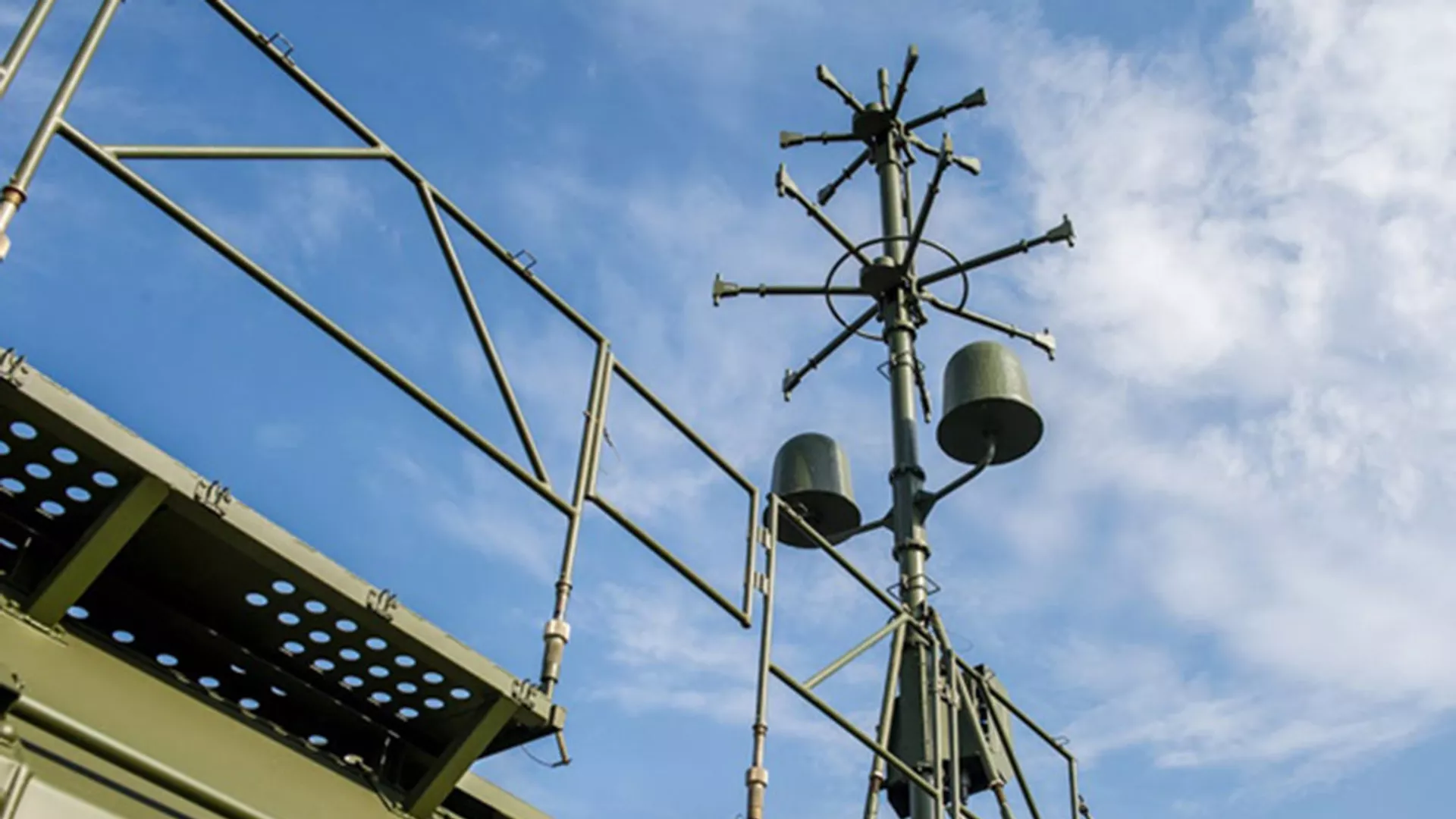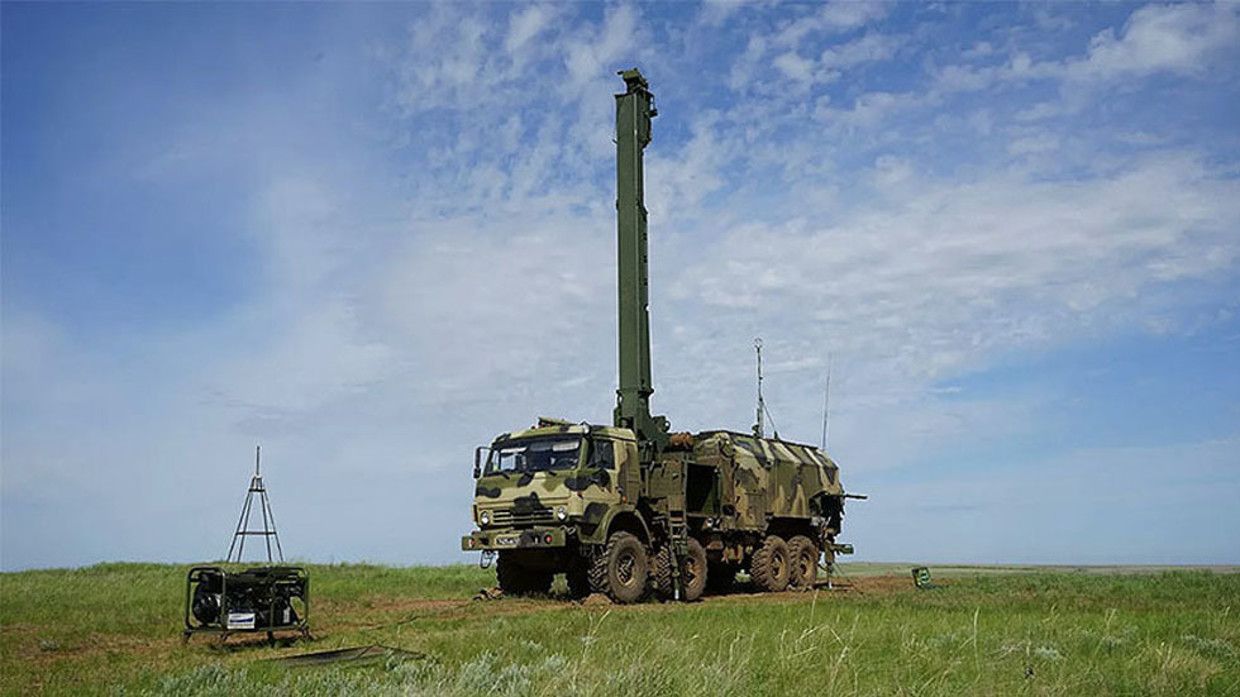Months after the Russian troops first deployed the sound-thermal reconnaissance “Penicillin” on the frontlines, these systems were set to be doubled to snoop on enemy positions and prevent enemy fire.
RIA Novosti reported that the Russian systems of sound-thermal reconnaissance “Penicillin” in the special military operation would be doubled, citing an informed source.
“By the end of this year, it is planned to double the number of Penicillin complexes involved in the NVO zone. This will increase the effectiveness of the counter-battery fight of Russian troops with Ukrainian artillery,” the agency’s interlocutor said.
He said that the complexes had been used almost from the beginning of the special military operation and had proven their efficiency in the battle, including in the fight against foreign-made howitzers deployed by the Ukrainian troops.
However, he did not specify how many Penicillins were used by the Russian military in Ukraine.
In December 2022, Russian media reported that the military was geared to deploy the brand-new new Penicillin sound-thermal reconnaissance system to the Ukraine war zone.
At the time, the local media noted that the system was being pressed in service with a special focus on anti-battery operations. Many reports claimed that the system has already demonstrated its effectiveness against NATO artillery in Ukraine.

For instance, military sources previously claimed that Penicillin had a devastating impact by enabling Russian forces to precisely target Ukrainian long-range artillery from considerable distances. The sources added that Ukraine’s artillery was being pounded by Russians while simultaneously working to decimate its airpower.
At the same time, the sources in the Russian establishment claimed that the country could safeguard its artillery away from the front lines in the interim. Ukraine’s counter-battery radars, supplied by the US, were set to be intercepted by air defenses with jamming and electronic warfare capabilities.
Even though not officially verified by the Russian Ministry of Defense (MoD), this development comes at a time when both Russian and Ukrainian troops are believed to be struggling with ammunition shortages and mounting casualties in the intense battle raging in Bakhmut.
Further, Ukraine is steadily being resupplied by NATO allies, especially since the United States announced a new $400 million military aid package for Kyiv, including ammunition for HIMARS.
With Ukraine’s expanding arsenal of NATO-supplied armament, it becomes imperative for Russian troops to keep an eye out on enemy positions from where they could launch attacks.
This is where the Russian ‘Penicillin’ comes into the picture.
Russian Acoustic Reconnaissance System Penicillin
“Penicillin” was created to conduct surveillance of the cannon and rocket artillery, anti-aircraft, and tactical missile firing positions. For this reason, it has been projected as Moscow’s answer to the US-supplied HIMARS MLRS.

The Research Institute “Vector developed it,” part of “Ruselectronics.” According to the manufacturers, the complex works effectively at any time of the day at temperatures from -40 to +50 degrees.
The system is installed on the KamAZ chassis, and the reconnaissance optoelectronic module is mounted on a lifting mast.
The actual setup of the Penicillin consists of a telescoping boom with a 1B75 sensor set attached to it. Separately, there are several dispersed seismic and acoustic receivers on the ground. The Penicillin system can operate autonomously without a crew in a range of 40 kilometers.

Most importantly, this novel Russian technology-based weapon reconnaissance system combines seismic detectors, thermal imaging, and acoustic sensors.
To manually and automatically sketch the precise location of the enemy gun on an electronic map, the complex collects acoustic and thermal waves from gunfire and explosions. At the same time, it takes no more than five seconds to find the coordinates of a single target fire, according to its manufacturers.
The advantage of Penicillin is that it does not require radio waves in its operation, unlike the American AN/TPQ-36 counter-battery radar deployed by the Ukrainian army, which means it, cannot be detected by radio equipment or suppressed by electronic warfare systems.
It was created in 2017, tested in 2018, and formally joined the Russian army in 2020. With Ukraine now hitting Russian positions with NATO-supplied rocket launchers and modified drones, Penicillin could be valuable battlefield equipment.
- Contact the author at sakshi.tiwari9555 (at) gmail.com
- Follow EurAsian Times on Google News




